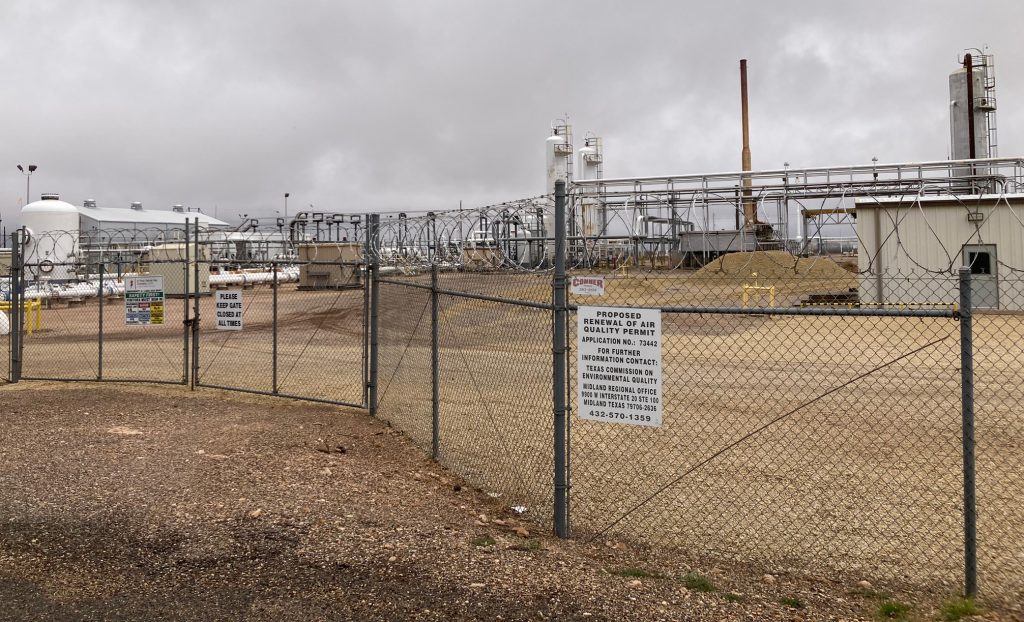The vast expanse of the Permian Basin in Texas holds untold riches beneath its surface, but with the fluctuating price of natural gas, a concerning trend emerges: increased flaring activities. As companies grapple with plummeting gas prices and limited pipeline capacity, the Permian Basin, already a major contributor to methane emissions, faces a renewed challenge in its efforts to mitigate climate impact.
Flaring in the Face of Economic Pressures: Sharon Wilson of Oilfield Witness recently captured methane emissions at ONEOK’s Coyanosa station in the WesTex pipeline network. The scene she documented is not uncommon in the Permian Basin, where natural gas prices have dipped below zero, prompting companies to resort to flaring and venting methane, a practice exacerbated by limited pipeline infrastructure.
Environmental Concerns and Climate Impact: The consequences of increased flaring extend beyond economic considerations. Methane, the primary component of natural gas, is a potent greenhouse gas with a warming potential far greater than carbon dioxide over a 20-year period. As the single-largest source of methane emissions in the U.S. oil and gas industry, the Permian Basin’s flaring activities pose a significant threat to climate efforts, exacerbating global warming and contributing to air pollution.
Regulatory Landscape and Industry Response: While regulatory measures such as Texas’ State Rule 32 aim to curb flaring, the reality paints a different picture. Thousands of exemptions are granted annually, allowing companies to flare gas when pipeline capacity falls short. The recent implementation of federal methane regulations offers hope for stricter oversight and enforcement, but legal challenges may impede progress.
Economic Dynamics and Market Forces: The interplay of economic factors further complicates the situation. A mild winter, coupled with increased renewable energy production, has driven down natural gas demand. Despite negative prices at the Waha Hub, drilling activity in the Permian Basin persists, driven by the allure of lucrative oil production. This disconnect between market realities and environmental imperatives underscores the need for comprehensive solutions.
As the Permian Basin grapples with the dual challenges of economic pressures and environmental concerns, stakeholders must chart a path forward that balances profitability with sustainability. While the federal methane rule offers a glimmer of hope, its full implementation remains uncertain amidst legal battles. In the meantime, the imperative to address flaring and methane emissions grows more urgent, underscoring the need for collaborative efforts from industry, regulators, and environmental advocates.
The sight of flaring flames illuminating the Permian Basin serves as a stark reminder of the complex interplay between economic interests and environmental stewardship. As natural gas prices cool and pipeline constraints persist, the region faces a critical juncture in its efforts to combat climate change and preserve the health of our planet. Only through concerted action and steadfast commitment can we hope to navigate these challenges and forge a sustainable future for generations to come.
